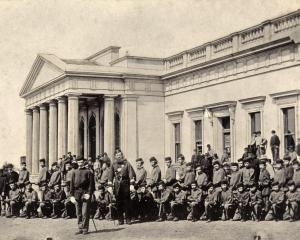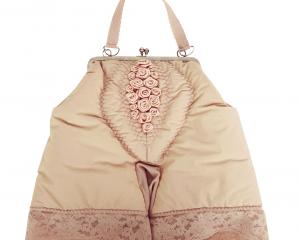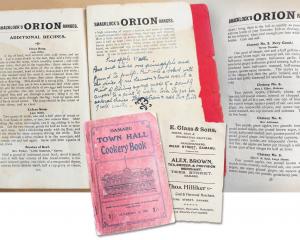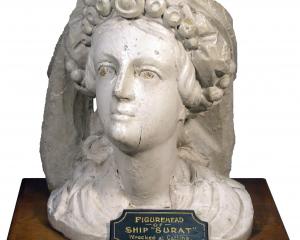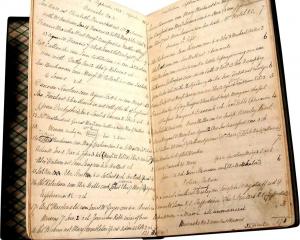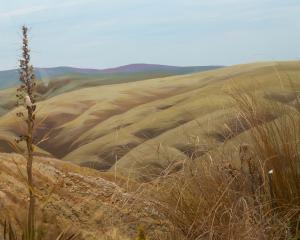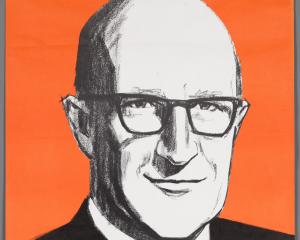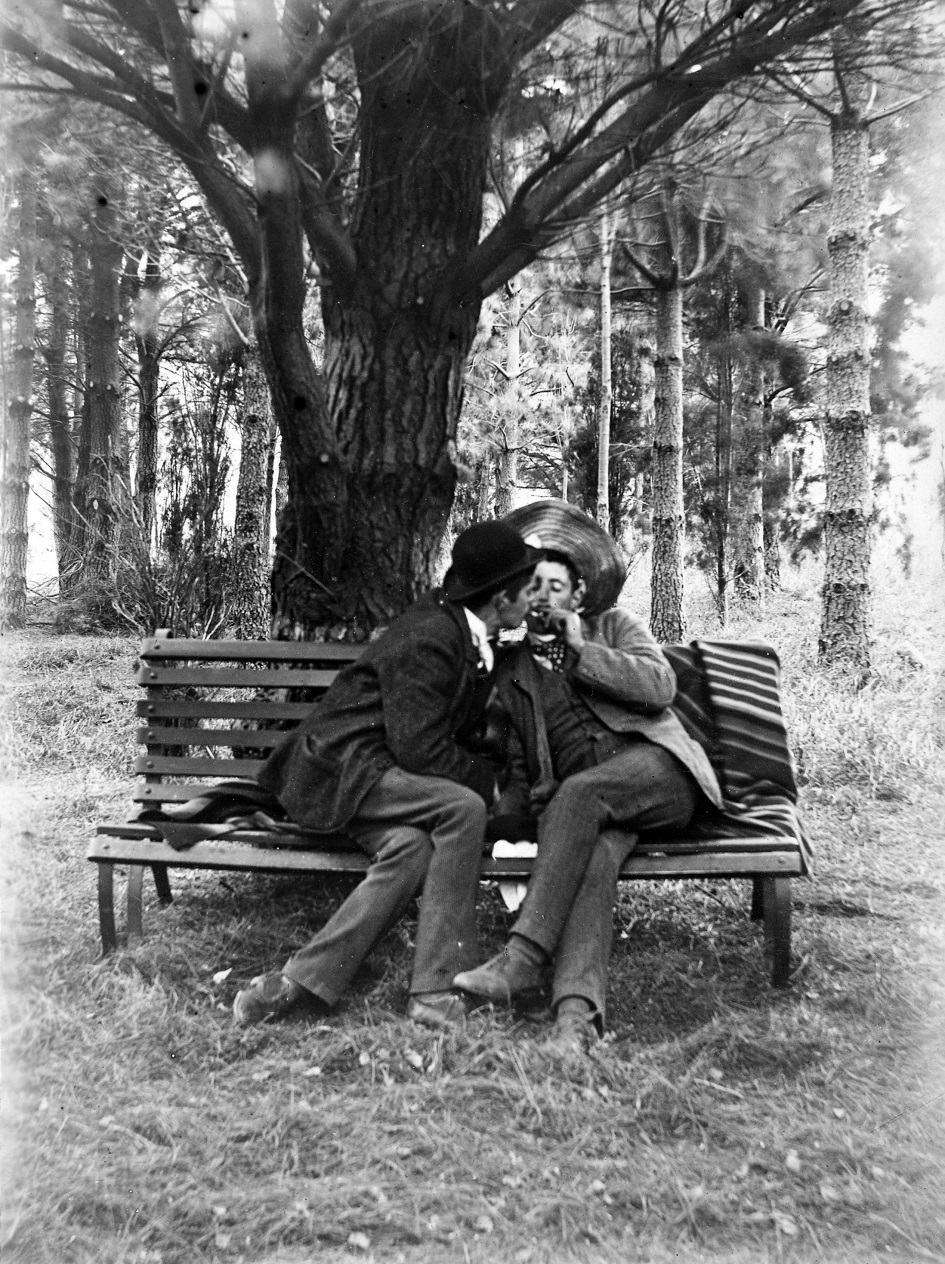

By 1907 she had set up a commercial studio in Akaroa, producing studio portraits for private clients and documentary photographs for news periodicals of the day. She also produced images for the burgeoning postcard market, and much of her work from this period is held at Akaroa Museum.
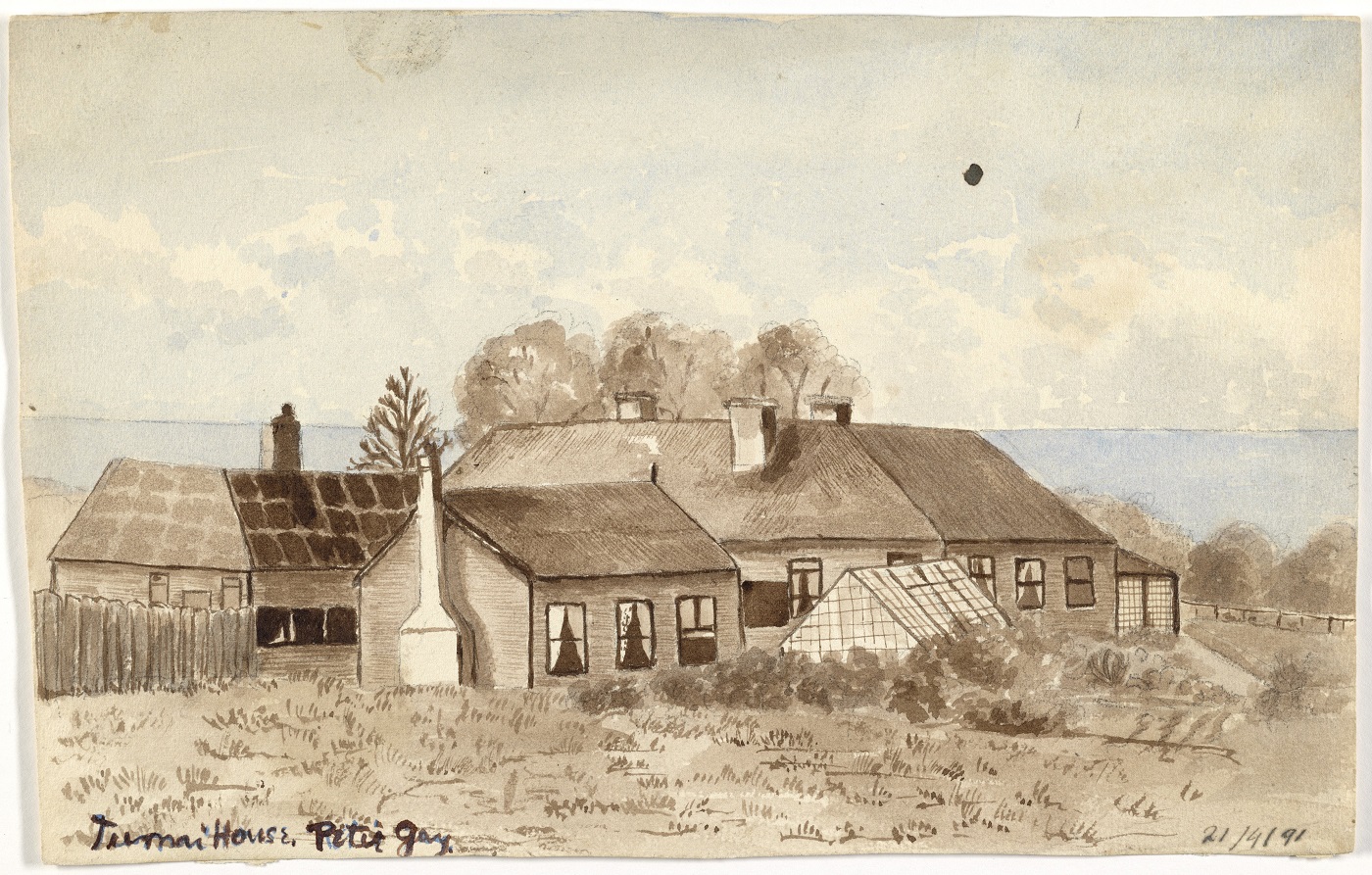
Jessie Buckland was one of seven children from a well-off farming family. The siblings’ aunt, Elizabeth Hocken (nee Buckland), was a painter and photographer married to Dr Thomas Morland Hocken. While the Bucklands lived rurally — Jessie was born at Tumai Station, near Waikouaiti; the family moved to Taieri Lake Station near Rock and Pillar in 1892 — they had frequent contact with Dunedin-based Elizabeth, who encouraged their artistic pursuits. Jessie and her sisters, Susan (1873-1948) and Carrie (1868-1930), and a brother, Harold (1870-1941), were the instigators of the images, but the wider family all played roles in front of the Bucklands’ camera. This speaks to a tight-knit familial network but also to the sparsely populated environment they lived in.
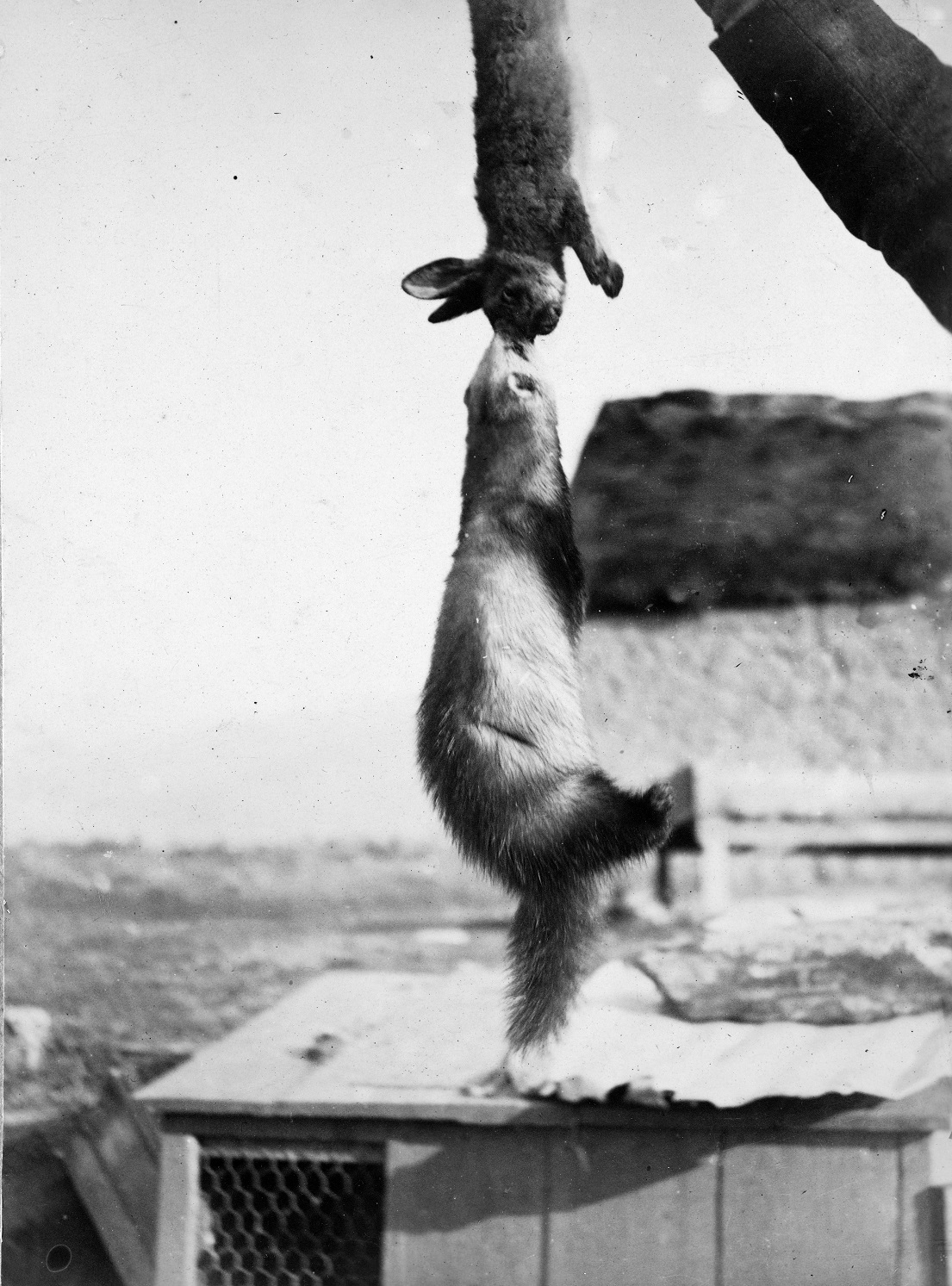
A photograph that Jessie Buckland later published as a postcard, captioned ‘‘Comin’ Thro’ the Rye’’, depicts the poem made famous by Robbie Burns. It’s a re-making of the poem’s generic illustration except Jessie is dressed as a male. In another, two-part picture captioned ‘‘Things are not always what they seem!’’, what we are meant to assume are a snuggling male and female as seen from behind, are revealed as two men lighting their cigarettes — in a double-twist, Jessie is one of the actors. It would be interesting to study the Buckland albums through a lens of gender, and how ‘‘dressing up’’ extends to the photographs’ authorship.
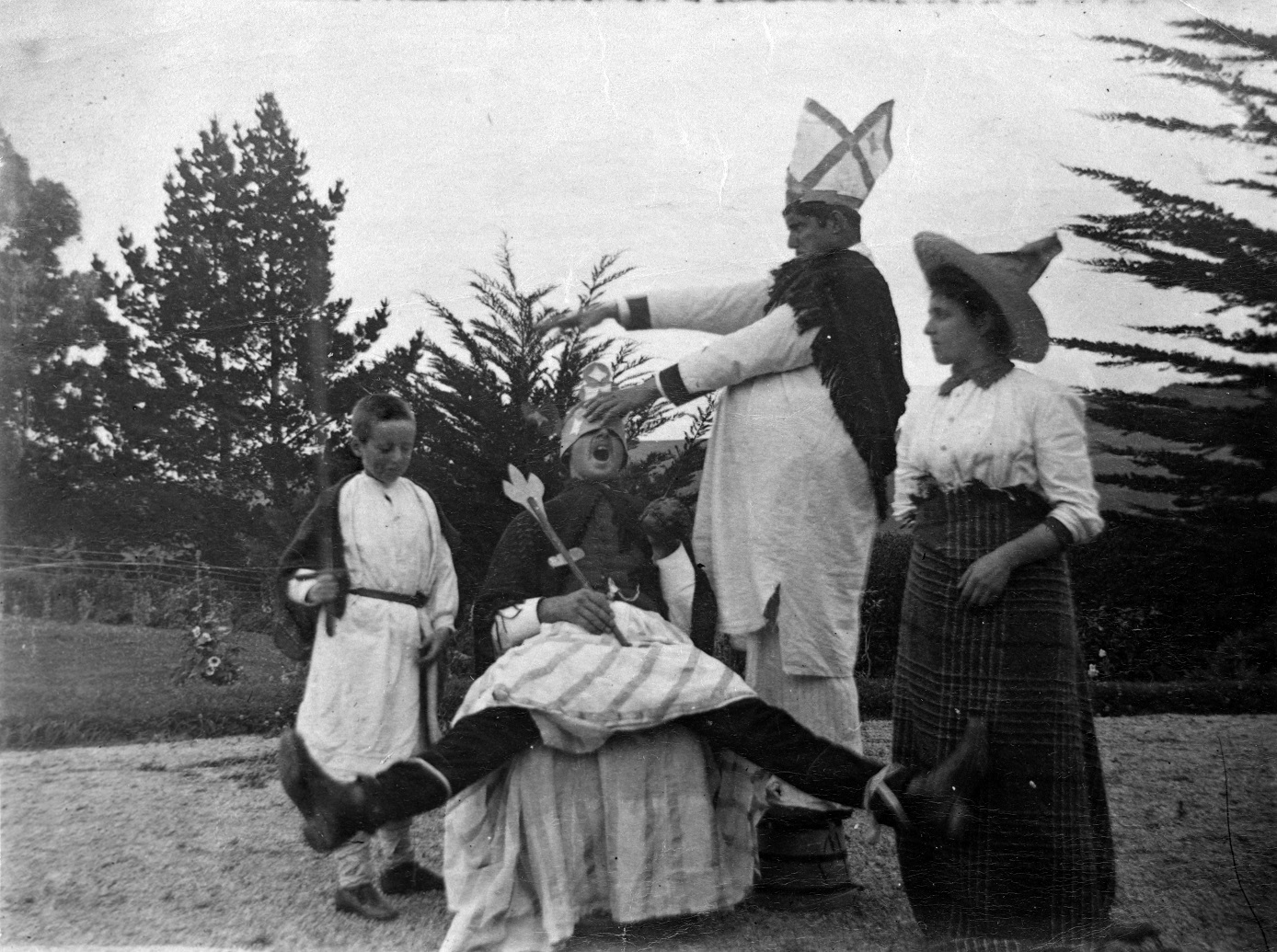
On the front of one of several paintings attributed to Rachael Orbell (earlier Susan Buckland), of the family homestead at Tumai, the name Peter Gay is inscribed; on the verso of two others, Peterkin Gay. From a simple Google search we can learn that Peterkin Gay is the name of a cheerful youth in two adventure novels by Scottish author R.M. Ballantyne: The Coral Island: a Tale of the Pacific Ocean (1857) (said to have been William Golding’s inspiration for Lord of the Flies [1954]) and its sequel The Gorilla Hunters (1861).
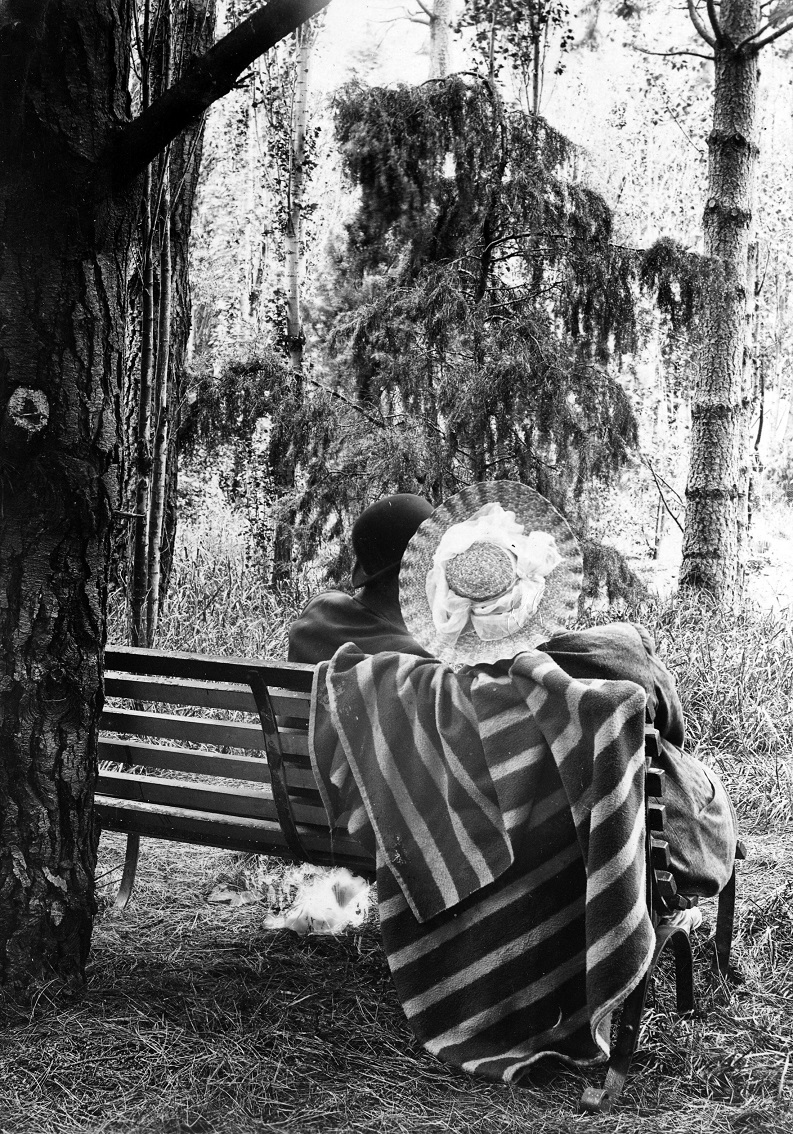
Nick Austin is a collections assistant at Hocken Collections, Uare Taoka o Hākena, University of Otago. The Buckland family albums and folios can be requested for viewing at Hocken Collections, 90 Anzac Ave, Tuesday-Saturday, 10am-5pm. Free tours every Thursday at 11am; no booking required.



